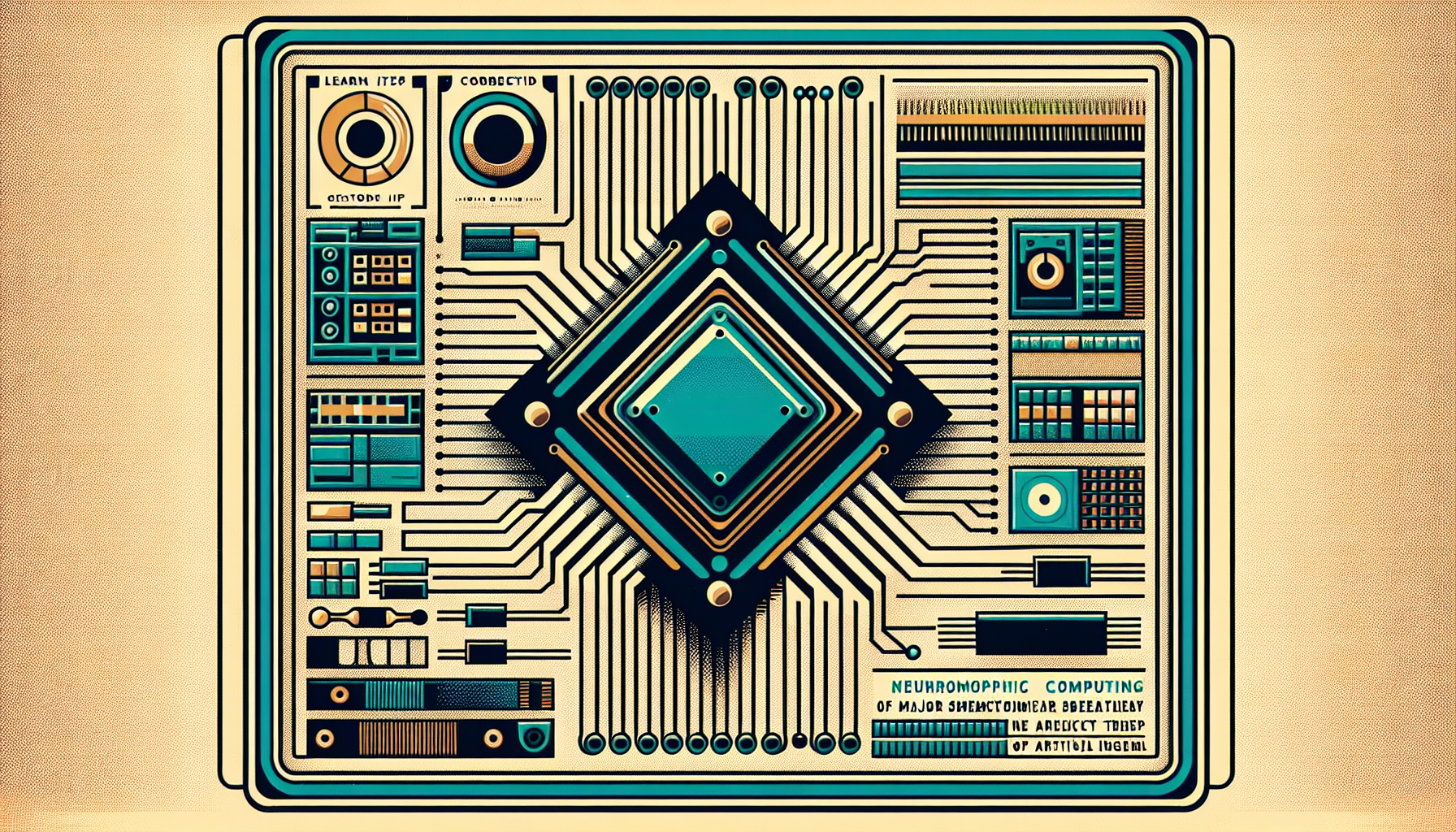In a remarkable achievement, scientists at the Korea Advanced Institute of Science and Technology (KAIST) have unveiled a groundbreaking neuromorphic semiconductor chip that can learn, correct itself, and handle artificial intelligence (AI) tasks in real time. Pioneered by Professors Shinhyun Choi and Young-Gyu Yoon, this innovation is a major step forward in neuromorphic computing and promises to transform how AI integrates into our daily lives.
Inspired by the Human Brain
Traditional computers have separate components for processing and storing data. But this new chip is different; it merges these tasks using a concept known as a memristor—a device combining the words “memory” and “resistor.” This setup allows the chip to store information and perform calculations simultaneously, much like the human brain’s synapses. Such a design enables the chip to process information more swiftly and adaptively, akin to human cognitive functions.
Notable Features and Innovations
The neuromorphic chip from KAIST boasts several distinctive attributes that distinguish it from other technologies:
Real-Time Learning and Error Correction
This chip can learn from its tasks and correct its own mistakes. It’s equipped to achieve accuracy that mirrors that of perfect computer simulations, particularly evident in live image processing. During video streaming, for example, the chip can autonomously differentiate moving objects from static backgrounds and enhance its capabilities with continued use.
Adaptive Functionality
Thanks to its memristor-based architecture, the chip can adjust to immediate changes in its environment, overcoming the constraints often seen in traditional neuromorphic systems. This adaptability boosts the chip’s reliability and practicality across numerous applications.
Innovative Integration
The KAIST team has created the first-ever memristor-integrated system designed to emulate the brain’s synaptic behaviors. By accurately managing resistance variations, the chip can handle both data storage and computation at once, removing the need for complex error-correction processes.
Transformative Applications
The implications of this breakthrough extend across numerous fields:
Smart Security Systems
The chip can be embedded in intelligent security cameras, enabling them to detect suspicious movements instantly without needing remote cloud support. This enhances security while reducing delay and safeguarding user privacy.
Medical Technology
In healthcare, the chip could transform the way health data is analyzed, offering faster and more precise diagnoses. Real-time processing is vital for speedy identification and management of health issues.
Boosting Efficiency and Privacy
By handling AI tasks on-site instead of through distant servers, the chip accelerates AI-powered devices, making them more energy-efficient and ensuring greater privacy. Such advancements are especially important as AI energy use is expected to rise significantly.
The Road Ahead
The creation of this self-learning neuromorphic chip opens doors to more advanced AI applications across a wide array of domains. From enhancing security and healthcare to elevating energy efficiency and privacy in everyday gadgets, this innovation is ushering in a new chapter in semiconductor technology. Potential uses include scientific computing, augmented and virtual reality, wearable technology, smart agriculture, and smart urban development.
Ultimately, the neuromorphic semiconductor chip developed by the KAIST research team marks a significant leap in AI processing. It offers an efficient, adaptive, and privacy-conscious path for embedding AI into everyday technology. As neuromorphic computing progresses, it is likely to surpass traditional methods in efficiency and performance, fundamentally transforming our interaction with artificial intelligence.

Leave a Reply